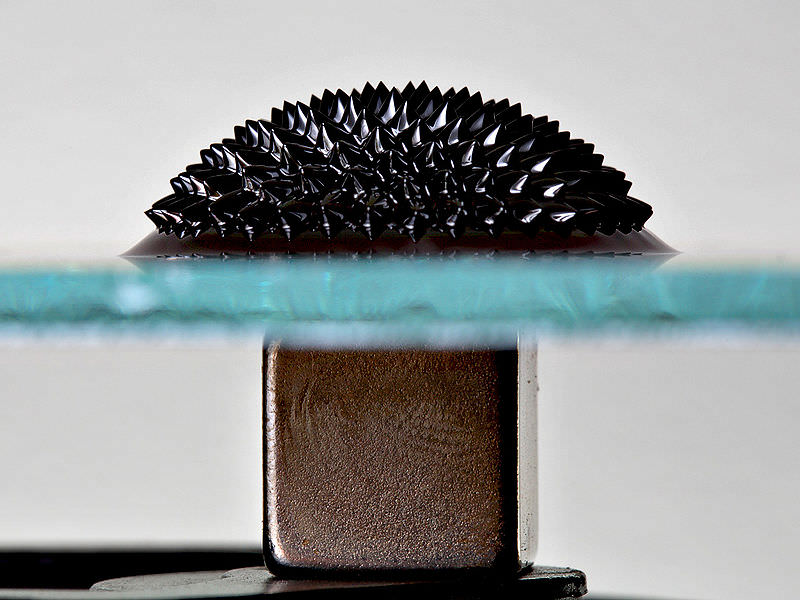[/caption]
Magnets are not only a source of endless fun – for children and children of all ages! They also happen to have endless industrial applications. But when it comes to the high-tech industry, the people who rely on magnetic materials to build appliances, electronics, or even spaceships, only one type of magnet will do. These are known as Rare Earth or Super Magnets, the kind that are used in MRI machines, computer hard drives, electric and hybrid motors, audio speakers, electric guitars, and race car engines. In spite of their name, the elements used to make super magnets are actually quite common, but were rarely found in large enough quantities to be considered economically viable. However, since the 90’s these magnets have become cheap and widely available, and are even being considered for additional processes.
The term super magnet is a broad term and encompasses several families of rare-earth magnets that include seventeen elements in the periodic table; namely scandium, yttrium, and the fifteen lanthanides. First developed in the 1970’s and 80’s, super magnets are the strongest type of permanent magnets ever made, are ferromagnetic, meaning that like iron they can be magnetized, and have Curie temperatures that are below room temperature. This means that in their pure form, their magnetism only appears at low temperatures. However, since they can form compounds with transition metals such as iron, nickel, and cobalt, metals that have Curie temperatures well above room temperature, they can be used effectively at higher temperatures as well. The main advantage they have over conventional magnets is that their greater strength allows for smaller, lighter magnets to be used, ones that can do the same job but take up less space and require less material.
Super magnets can be broken down into two categories. First, there is the neodymium magnet, which is made from an alloy of neodymium, iron, and boron to form the Nd2Fe14B tetragonal crystalline structure. This material is currently the strongest known type of permanent magnet and was developed in the 1980’s. It is typically used in the construction of head actuators in computer hard drives and has many electronic applications, such as electric motors, appliances, and magnetic resonance imaging (MRI). The second type of super magnet is the samarium-cobalt variety, an alloy of samarium and cobalt with the chemical formula of SmCo5. This second-strongest type of rare Earth magnet is also used in electronic motors, turbomachinery, and because of its high temperature range tolerance may also have many applications for space travel, such as cryogenics and heat resistant machinery.
We have written many articles about magnets for Universe Today. Here’s an article about where to buy magnets, and here’s an article about what magnets are made of.
If you’d like more info on Super Magnets, check out Rare Earth Magnetics Homepage, and here’s a link to Wikipedia: Rare Earth Magnets.
We’ve also recorded an entire episode of Astronomy Cast all about Magnetism. Listen here, Episode 42: Magnetism Everywhere.
Sources:
http://en.wikipedia.org/wiki/Rare-earth_magnet
http://en.wikipedia.org/wiki/Magnet
http://en.wikipedia.org/wiki/Samarium-cobalt_magnet
http://en.wikipedia.org/wiki/Neodymium_magnet
http://www.newton.dep.anl.gov/askasci/phy99/phy99010.htm

